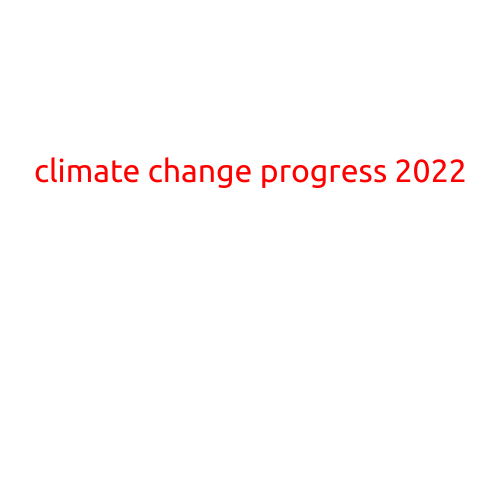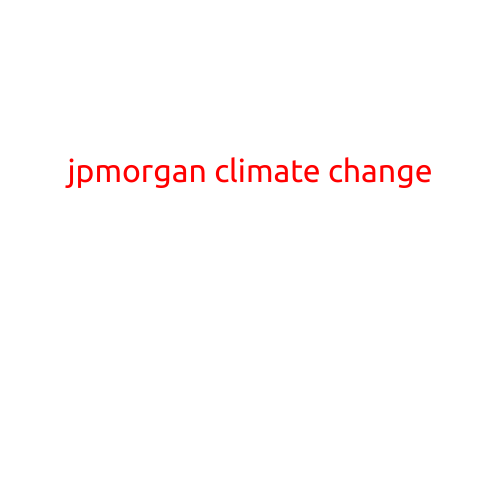
Climate Change Progress 2022: A Year of Milestones and Challenges
As the world grapples with the urgent crisis of climate change, 2022 was a year marked by significant progress, setbacks, and a growing sense of urgency. From record-breaking heatwaves to devastating natural disasters, the consequences of global warming have been felt far and wide. Despite the challenges, however, there are reasons to be hopeful. In this article, we’ll explore the key climate change developments of 2022 and what they mean for our collective future.
Renewable Energy Adoption
One of the most promising trends of 2022 was the continued growth of renewable energy. Solar and wind power accounted for a record 40% of all new energy generation capacity added worldwide, surpassing fossil fuels for the first time. This shift is driving down renewable energy costs, making it increasingly competitive with traditional fossil fuels.
In the United States, renewable energy capacity grew by 14% in 2022, with solar power leading the charge. The country is now home to over 100 gigawatts of operating solar capacity, enough to power over 20 million homes. Meanwhile, Germany, China, and India also witnessed significant increases in renewable energy development.
Electric Vehicle Adoption
The adoption of electric vehicles (EVs) continued to accelerate in 2022, with global sales reaching a record 6.7 million units. Norway, Sweden, and the Netherlands boast the highest EV penetrations, with over 50% of new car sales in these countries being electric.
In the United States, EVs accounted for 2.5% of total new car sales, up from 1.3% in 2021. Major automakers like Tesla, Volkswagen, and General Motors are investing heavily in EV technology, with many announcing plans to transition their fleets to electric models in the coming years.
Climate Change Mitigation Efforts
Globally, there was a growing recognition of the need for immediate and drastic action to combat climate change. In May, the International Energy Agency (IEA) released a report urging countries to reduce greenhouse gas emissions by 45% by 2030 and achieve net-zero emissions by 2050.
The European Union introduced the crucial “Fit for 55” package, which aims to reduce emissions by 55% by 2030 compared to 1990 levels. This package includes measures like carbon pricing, increased renewable energy targets, and a ban on internal combustion engines.
Challenges and Setbacks
Despite these positive developments, 2022 was not without its challenges and setbacks. The impact of climate change was felt in many corners of the world, from severe droughts in the Horn of Africa to devastating floods in Pakistan.
In the United States, political debates surrounding climate change continued, with some lawmakers questioning the scientific consensus on human-caused global warming. The country’s withdrawal from the Paris Agreement in 2017 still has not been reversed, leaving the United States as one of the few countries to not participate in the global climate pact.
Looking Ahead
As we enter 2023, the world is more aware of the climate crisis than ever before. The progress made in 2022 – from renewable energy growth to EV adoption – affords us hope that we can still mitigate the worst effects of climate change.
To build on this momentum, governments, corporations, and individuals must come together to address the entrenched systems and behaviors that perpetuate environmental degradation. This will require continued investment in renewable energy, electric transportation, and sustainable infrastructure, as well as bold policy decisions to reduce emissions and promote climate resilience.
The climate crisis is far from over, but 2022 has shown us that even in the face of adversity, human ingenuity and collective action can drive meaningful progress. As we look to the future, let us continue to push for a more sustainable, equitable, and climate-resilient world.





